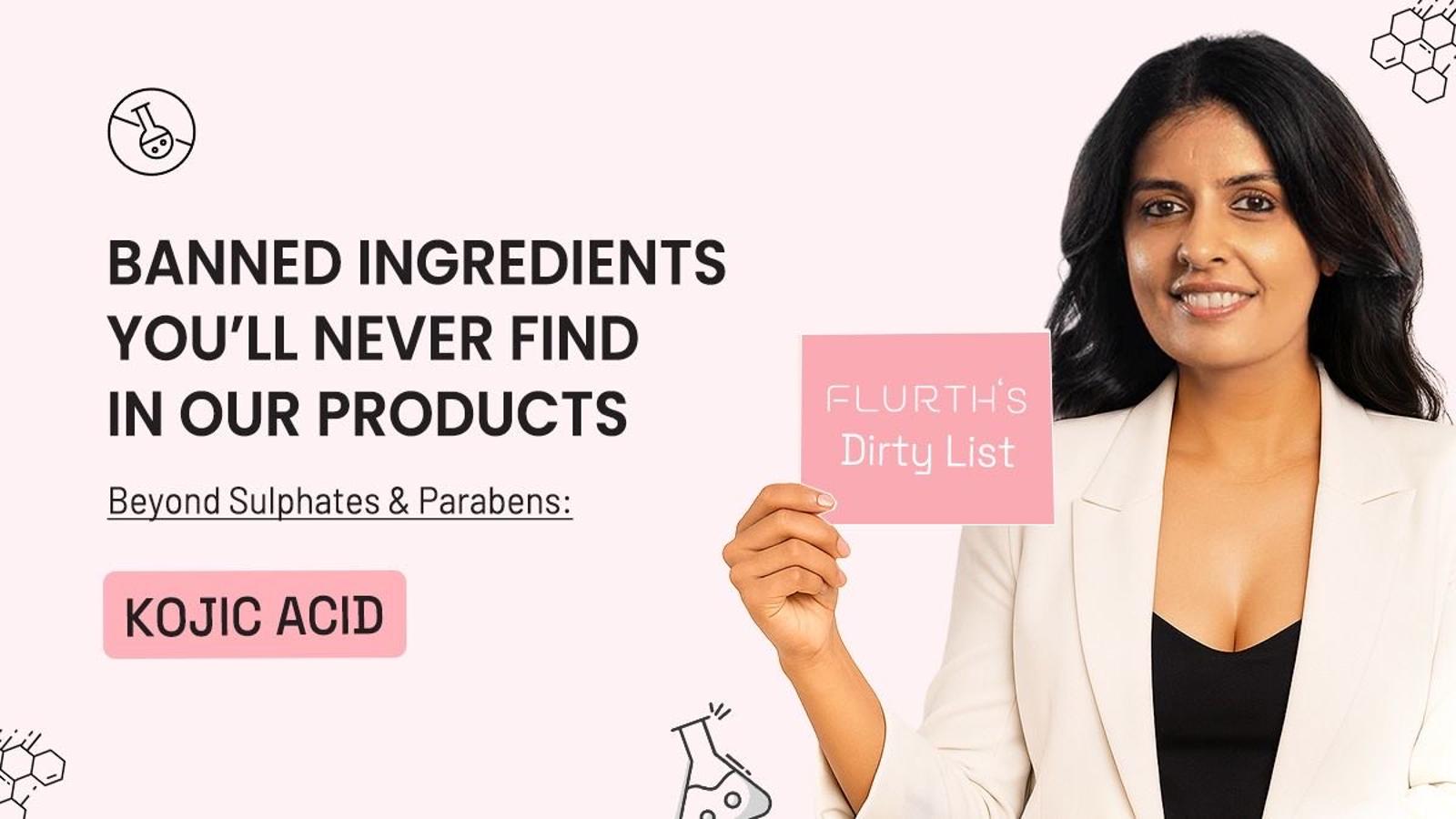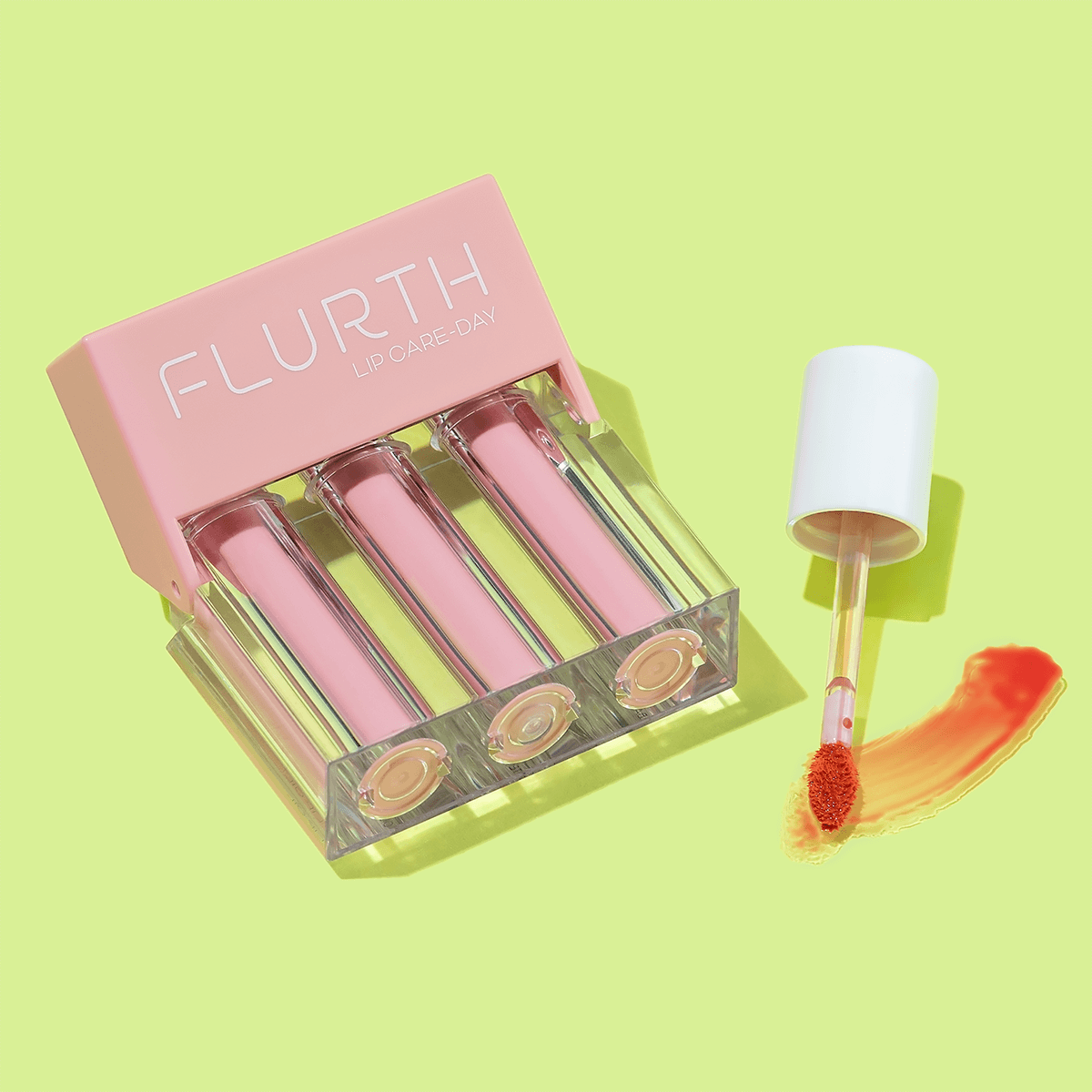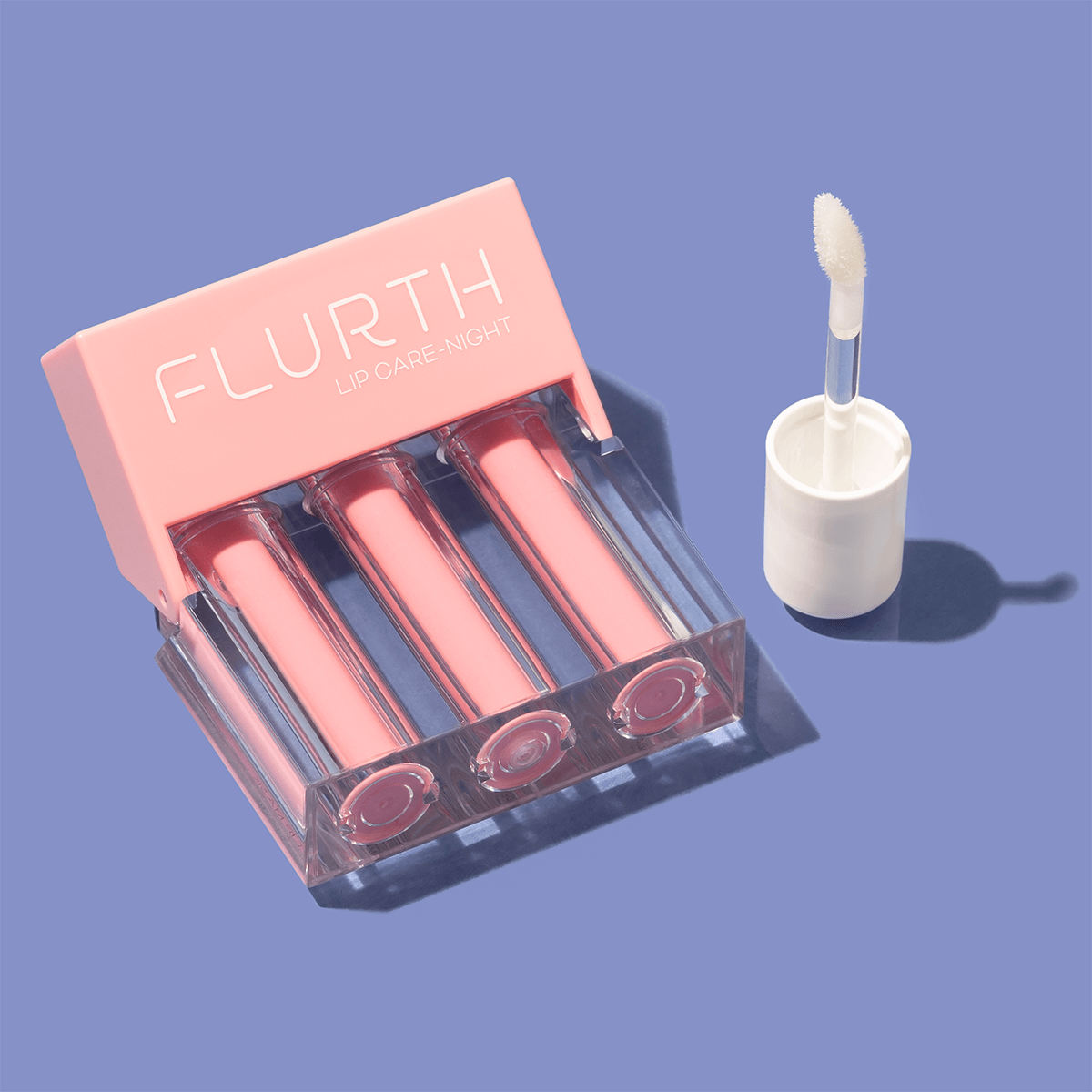Article: Kojic Acid in Skincare and what it means for you

Kojic Acid in Skincare and what it means for you
🚫 Beyond Sulphates & Parabens: The Brightening Ingredient the EU Just Capped — And Why FLURTH Doesn’t Use It
We’re in a golden age of beauty — where glowing skin is celebrated, and “glass skin” is the ultimate goal.
But with this rise of skin-first rituals, we’ve also seen an explosion of quick-fix brightening ingredients. They promise transformation, but sometimes carry hidden risks we don’t talk about enough.
One of the most popular? Kojic Acid.
What Is Kojic Acid, and Why Is It So Popular?
If you’ve browsed skincare aisles or K-beauty shelves, you’ve probably seen kojic acid in:
- Brightening serums
- Spot-correcting soaps
- “Glow toners” and face creams
Kojic acid is a natural byproduct of rice fermentation. For decades, it’s been used in Japan to fade dark spots, melasma, and hyperpigmentation.
Sounds like a skincare hero, right?
Until you learn why the European Union just set a strict legal limit.
The EU’s New Ruling on Kojic Acid
As of 2025, the EU officially caps kojic acid at 1% in facial and hand products.
Why the restriction?
Because ongoing research suggests kojic acid may act as an endocrine disruptor — interfering with hormones, particularly thyroid function, when overused.
This ruling joins the EU’s long track record of consumer-first regulations — the same body that banned parabens, formaldehyde, and microplastic glitter years before the rest of the world followed.
What the Science Says
Kojic acid is effective, but studies have flagged several risks when used in high doses or long-term:
- Skin irritation (especially on sun-exposed areas)
- Endocrine disruption (possible thyroid interference)
- Barrier disruption (when combined with other acids/exfoliants)
In other words: it works, but at a cost. And that cost becomes bigger if the concentration is high, or if the product is used every day.
Why It Matters in India (and Beyond)
Here’s the challenge: India doesn’t currently regulate kojic acid the way the EU does.
That means:
- Many soaps and serums here contain 2–4x the EU’s safe limit.
- Products marketed as “brightening” can be legally sold without restriction.
- Consumers assume “if it’s on the shelf, it must be safe.”
But what’s legal isn’t always what’s safe.
Why FLURTH Doesn’t Use Kojic Acid
At FLURTH, we go beyond trends.
We don’t just ask “is it legal?” We ask “is it safe?”
That’s why we never use kojic acid at active levels.
Not because it’s entirely “bad,” but because there are cleaner, safer alternatives that achieve the same glow — without the hormone concerns or irritation risks.
Safer Alternatives We Use Instead
Niacinamide — Brightens while strengthening the skin barrier
Tranexamic Acid — Fights pigmentation gently and effectively
Alpha Arbutin — EU-approved, melanin-safe brightener
Lactic Acid — Smooths dullness while keeping skin hydrated
These ingredients are EU-compliant, skin-safe, and proven effective — giving you visible glow without hidden risks.
The Glow, Without the Guessing
The truth? Clean beauty isn’t only about what you add — it’s about what you refuse to accept.
At FLURTH, we don’t believe in shortcuts to glow.
We believe in skincare that supports you — mind, body, and barrier.
Because your glow should never come at the cost of your health.
Have you ever used a brightening product without realizing the risks behind the label?
Do you think we’re too quick to chase glow-ups without asking what’s in the formula?
It’s time for more awareness in skincare — and more safety on our shelves.




